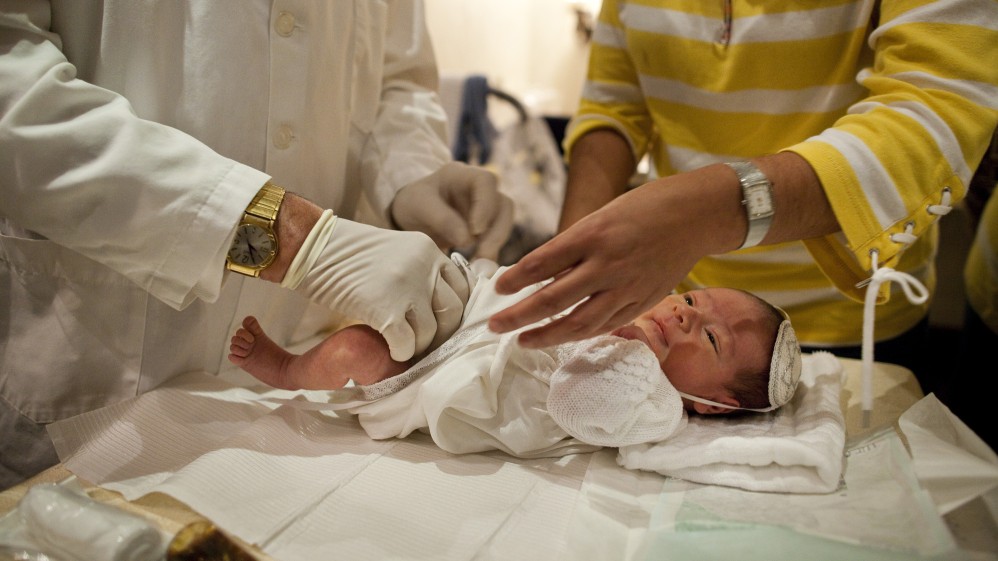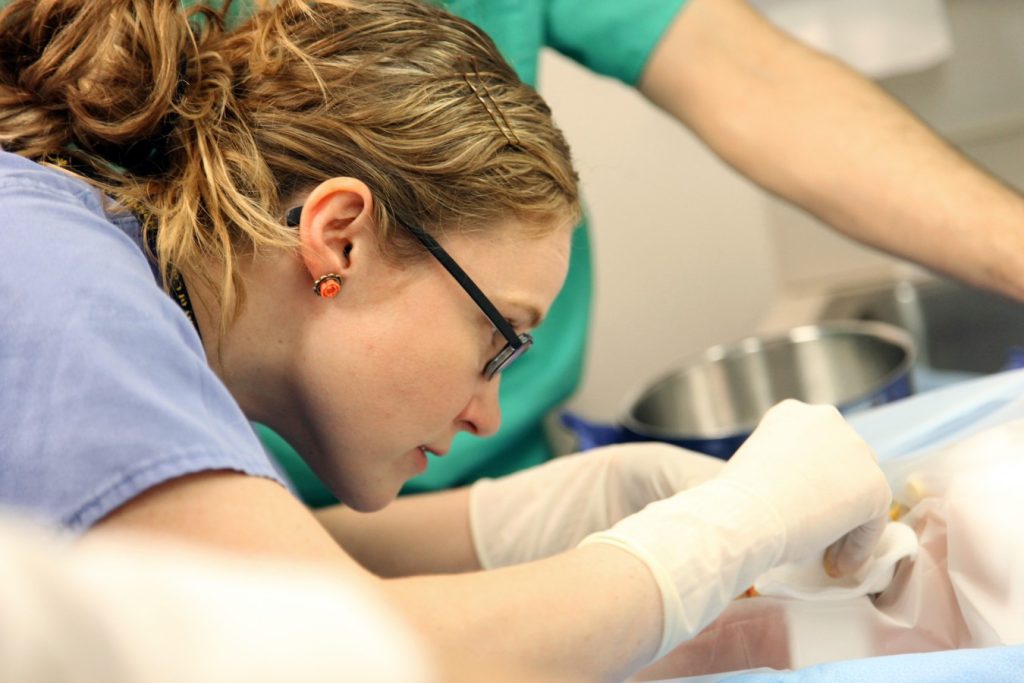HEALTH
Understanding Circumcision – What Every Canadian Parent Should Know.

Circumcision is a topic that often raises questions and concerns among Canadian parents. It’s a decision that can impact a child’s life, and it’s essential to have accurate information before making a choice.
In this comprehensive guide, we aim to provide Canadian parents with the knowledge they need to make an informed decision about circumcision. So, if you are a parent looking for circumcision doctors in Ottawa, read this article before making a decision. Let’s begin.
1. Introduction – Exploring the Circumcision Decision.
Circumcision, the surgical removal of the foreskin from the penis, is a practice that has been performed for centuries, both for cultural and medical reasons. In Canada, parents face the choice of whether or not to have their sons circumcised. This decision is deeply personal and influenced by various factors, including cultural, religious, and medical considerations.
2. The Basics of Circumcision.
Circumcision typically involves the removal of the foreskin, which is the fold of skin that covers the head of the penis. This procedure can be performed for different reasons, including cultural or religious beliefs, hygiene, and potential medical benefits.
3. Circumcision in Canada – Prevalence and Trends.
Circumcision rates in Canada have varied over the years. Historically, the practice was more common, but in recent decades, the prevalence of circumcision has declined. Today, the decision to circumcise a child often depends on the cultural background and personal beliefs of the parents.
4. Medical Perspectives – Benefits and Risks.
Medical experts have debated the potential benefits and risks of circumcision. Some studies suggest that circumcision may reduce the risk of certain infections and medical conditions, such as urinary tract infections and penile cancer. Although it’s important to note that these benefits are generally considerable, the procedure is not without risks. However, the risks depend on the type of technique used for circumcision. For instance, the Mogen clamp technique is one such technique that results in little to no complications.
5. Cultural and Religious Considerations.
For many Canadian families, circumcision is a cultural or religious practice deeply rooted in their beliefs. Jewish and Muslim families, for example, often consider circumcision a religious obligation.
The perspective on circumcision among white or non-religious communities in Canada can be diverse. For some, it is primarily a medical procedure recommended for its potential health benefits, such as reducing the risk of urinary tract infections or sexually transmitted diseases. However, for others, circumcision might be influenced by cultural factors, family traditions, or personal preferences. Some Canadians may choose circumcision for their sons based on familial or societal expectations, while others may opt against it due to concerns about bodily autonomy and ethics.
African communities, on the other hand, display a broad spectrum of perspectives on circumcision due to the continent’s vast diversity in cultures, religions, and traditions. In some African cultures, male circumcision is an integral rite of passage from adolescence to adulthood. These ceremonies involve elaborate rituals and mark the transition to manhood. The reasons behind these practices often include cultural identity, social acceptance, and the transmission of traditional values.
It’s essential to respect and understand these cultural and religious perspectives when discussing the topic.
6. Legal Aspects of Circumcision in Canada.
Circumcision in Canada is legal and regulated. Parents have the right to make decisions about their child’s medical care, including circumcision, as long as they provide informed consent. It’s crucial to consult with a healthcare professional to ensure the procedure is performed safely and in compliance with Canadian laws.
7. The Decision-Making Process for Parents.
The decision to circumcise a child is a personal one. Parents should take time to research, consult with healthcare professionals, and consider their own beliefs and values. Discussing the decision with your partner, if applicable, is also crucial to reach a consensus that aligns with your family’s values.
8. Alternatives to Traditional Circumcision.
Parents who are hesitant about traditional circumcision may explore alternative procedures. One such option is the use of topical creams that can help with foreskin-related issues. It’s essential to consult with a healthcare provider to determine the most suitable approach for your child’s specific situation.
9. Pediatric Circumcision – Procedure and Recovery.
If parents decide to proceed with circumcision, it’s important to understand the procedure itself and the recovery process. Pediatric circumcision is typically a straightforward surgical procedure performed by trained healthcare professionals. The recovery period involves keeping the area clean and monitoring for any signs of infection and post-operative bleeding.
10. Expert Insights – Healthcare Professionals’ Advice
Consulting with healthcare professionals is essential when making the circumcision decision. They can provide you with accurate information, answer your questions, and guide you through the decision-making process. Don’t hesitate to seek advice from experts who can provide a balanced perspective.
Conclusion – Making an Informed Choice for Your Child.
In conclusion, the decision to circumcise a child in Canada is a personal one that involves various factors, including cultural, religious, and medical considerations. It’s crucial for Canadian parents to educate themselves, consult with healthcare professionals, and consider their own beliefs when making this decision.
At The Ottawa Circumcision Clinic, we prioritize the safety and well-being of your child. We are here to provide information, answer your questions, and offer professional guidance throughout the circumcision process. Whatever decision you make, it should be one that aligns with your family’s values and priorities.

Remember that the choice to circumcise your child is a significant one, and it’s important to approach it with care and consideration. Ultimately, your child’s health and well-being should be the top priority.
If you have further questions or wish to discuss circumcision in more detail, please do not hesitate to reach out to our clinic. We are here to support you in making the best decision for your family.










